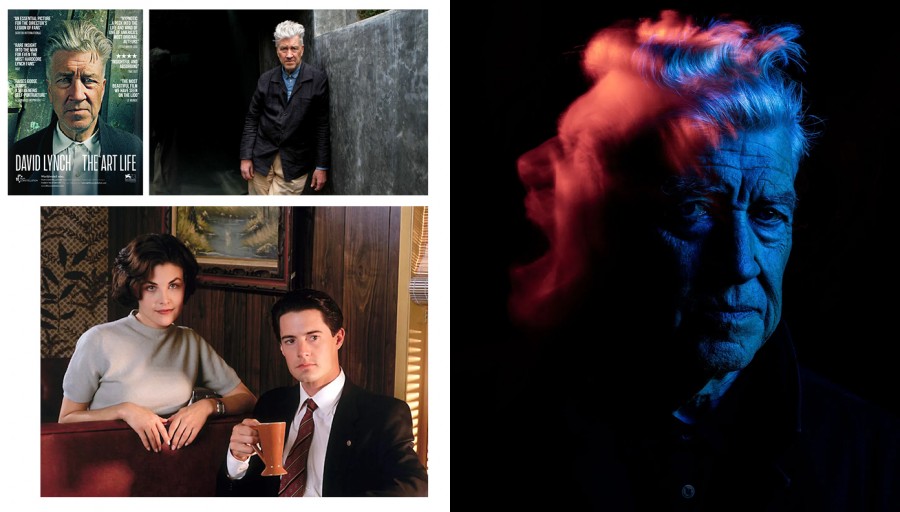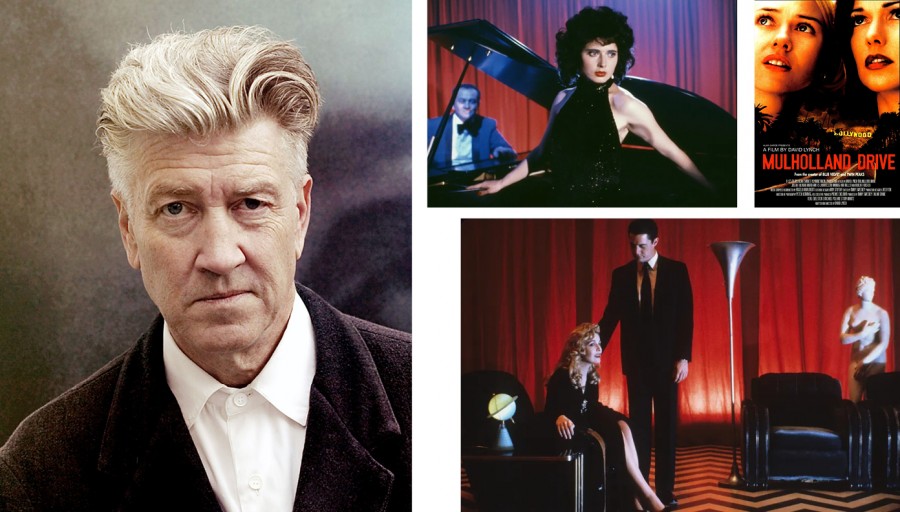His most common "uniform" consisted of a white shirt with a spread collar, always buttoned up, paired with a wide black jacket with medium lapels and outer pockets, usually made from a thick fabric. This was complemented with khaki trousers with pleats. He had adopted, as he himself stated, the university Ivy League style from the Virginia town he grew up. This effortless, unconventional look, free from significant influences or fashion trends, slightly anachronistic and void of any hint of ostentation, combined with his meticulously and intricately tousled hair, defined him throughout his career. Similarly, this phenomenon has been observed with several other brilliant personalities across various fields. From his friend Karl Lagerfeld, and Steve Jobs to Coco Chanel, even Albert Einstein, and in a way, Anna Wintour, the editor of American Vogue.
Nonetheless, the costumes in his films held a significant place. They highlighted the grotesque characters within the narrative, and there is no denying the profound impact they have had on contemporary pop culture, often in an interactive way manner related to fashion. When analysing the artistic and evolutionary journey of a filmmaker, one might not consider—unlike how one would in music—how their personal sense of style has contributed to the externalisation of their individual experiences. Yet, it is no coincidence, that this non-verbal narrative of his character ultimately reveals a labyrinthine inner world and a bold, expressive artistic sensibility.

Without a doubt, Lynch has succeeded in merging diverse aesthetic expressions to present an interpretation of an almost dystopian American dream. A dream in which the horror and audacity of modern society coexist, defined through his controversial yet distinctive lens. The director`s personal style, along with works like Blue Velvet, Twin Peaks, and Mulholland Drive, has influenced many designers over the past few decades. Among those inspired are Rei Kawakubo of Comme des Garçons, Raf Simons, Jun Takahashi, Prada, and even John Galliano, whose theatrical style in noteworthy. In fact, Lynch directed and wrote the script for the iconic advertising campaign for the Lady Dior Bag, starring Marion Cotillard. Additionally, Kenzo`s Autumn/Winter 2014 collection was presented in a set reminiscent of a labyrinth, directed by the famous filmmaker in collaboration with the brand`s creative directors, Humberto Leon and Carol Lim.

No one, especially among fans of his work, will forget the elegant, girl-like cardigans worn by Naomi Watts as Betty in Mulholland Drive, the sweetness of Audrey Horne`s sweaters in Twin Peaks, or even more so, the glossy black dress worn by the femme fatale portrayed by his muse, Isabella Rossellini, in Blue Velvet. Lynch was always fascinated by the coded concepts behind his protagonists` costumes, yet he adopted a "skewed", masterful perspective in their application. This approach offers a glimpse into an aristocratic, pristine, and seemingly perfect world, which always conceals a dark and almost menacing core. Perhaps this is why he, as a different of fashion editor, dressed in a "neutral" manner, ensuring that even through the memory of his image, he would not detract from the aesthetic outcome of his work.
Some fifteen years ago, Chris Wallace, editor of Esquire magazine, remarked that "David Lynch dresses poorly". This negative critique may have been somewhat reckless, especially considering that film critics and even fashion magazines described his personal style and that of his films as "Lynchian". A characterisation that is perhaps difficult to define clearly, but as critic David Ehrlich noted, it effectively "names" the tremendous artistic legacy Lynch has imparted to us through his films, encapsulating his distinctive aesthetic sensibility in a broader context.


















Login or register to join the conversation